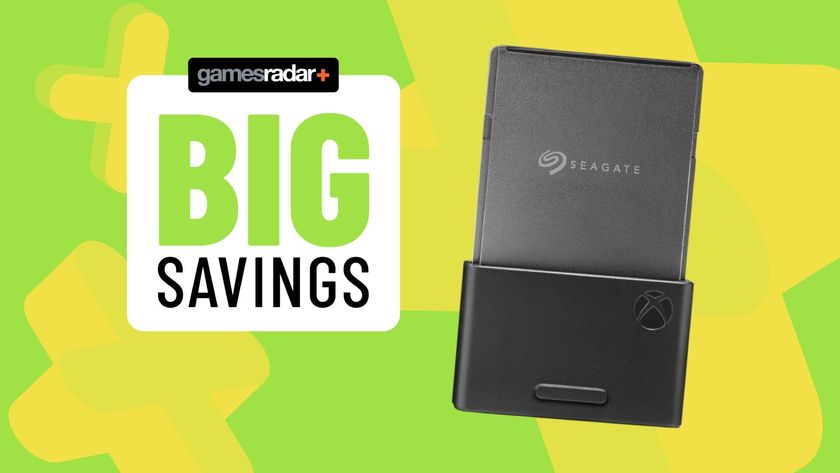10 years of Super Smash Bros
Celebrating a decade of Nintendo's four-way brawler
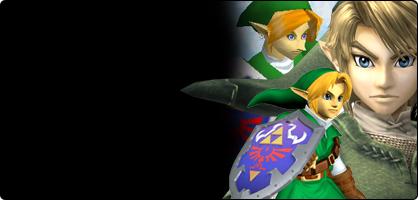
It all seems so obvious in retrospect: take the biggest, most beloved characters of one of the greatest videogame companies of all time and chuck them all into a game where they beat the pixels out of one another. The idea is reminiscent of the fevered dreams of every child on earth who dared to have their G.I. Joes fight alongside their Ninja Turtles, pitting them against the evil forces of the Street Sharks and EXO Squad. Fan service is nothing new amongst the gaming world, but when that fan service is wrapped around a fundamentally excellent game, it becomes something special.

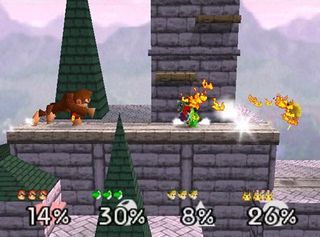
Released in North America on April 26th, 1999, Super Smash Brothers (SSB) came along fairly late in the N64’s development cycle, but managed to capitalize on all the system’s best features. Satoru Iwata, current president of Nintendo and Masahiro Sakurai, creator of the Kirby franchise, had been independently working on a new fighting game that was aiming to be very different from the Street Fighter and Mortal Kombat clones that were flooding the market. In an interview between Sakurai and Iwata fromWii.com, Sakurai reminisced:
“Well, I wanted to offer an alternative to the two-dimensional fighting games that were crowding out the market. I also wanted to see if it was possible to make an interesting 4-player game that offered a new experience every time you play. Simply put, I was aiming to design a 4-player battle royal.”
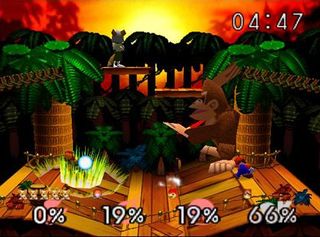
The concept seemed like a good fit for the N64, as it would capitalize on both the system’s 4 controller ports, and the system’s strong multiplayer reputation. With games like Mario Party and Goldeneye being some of the system’s best sellers, it seemed likely that most players would embrace the game’s multiplayer nature. The fact they’d be more likely to have extra controllers sitting around didn’t hurt either.
Interestingly, the original concept for SSB didn’t involve any Nintendo characters at all. The original concept game "Kakuto-Geemu Ryuoh," or Dragon King: The Fighting Game, was a labor of love, with virtually all work done on the game being done by Sakurai and Iwata. Despite their hard work on the game and the huge amount of personal time invested in it, Sakurai had a hard time selling it to Nintendo. He felt the game needed to be more complete than the average arcade fighting game, that it would need something extra to make it appeal to console owners who didn’t necessarily like fighting games:
“I asked to use Nintendo characters since it was so hard to accurately convey to the players the atmosphere of the gaming world where they play a fighting game on home console. […] With a game for the arcade, it’s okay for character development to take a backseat since players are content with the fighting. With a fighting game for the home console, however, you have to set up the general image or the atmosphere of the gaming world right from the start or else the game suffers. That’s why I asked to use Nintendo characters.”
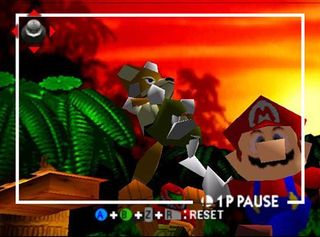

Mario, Donkey Kong, Pikachu, Luigi, Samus Aran, Fox, Link, Jigglypuff, Captain Falcon, Kirby, Yoshi, Ness.
Sign up to the 12DOVE Newsletter
Weekly digests, tales from the communities you love, and more
For its first outing, SSB played it safe with the character selection. Virtually all of Nintendo’s biggest names are represented, and with the exception of Ness and maybe Captain Falcon, even the most casual gamer could be expected to recognize them all. It also introduced Pikachu in a party hat, a sight cute enough to warm even the coldest of hearts.

SSB deserves credit for successfully bringing a totally new play style to fighting games, a genre that usually shuns big innovations like the plague. The game’s concept of knocking the other player off the screen as opposed to reducing a fixed health bar is totally unique. It also champions a more simplistic command scheme, allowing the player to press a direction and one button to perform special moves. While at first glance this might seem to detract from the game’s challenge, Smash Bros puts a very heavy emphasis on the character’s movement and predicting where they will be as opposed to mastering special move commands.

While traditional 2D fighters are forced to operate in a fairly confined playfield, Smash Bros. levels are usually far bigger than their characters, putting the focus on pursuing your opponent and preventing him from getting back onto the platform. SSB was also pushing to be the first serious fighting game with more than two players.
On almost all counts, the game was a big success, selling over 5 million copies worldwide and guaranteeing a sequel.
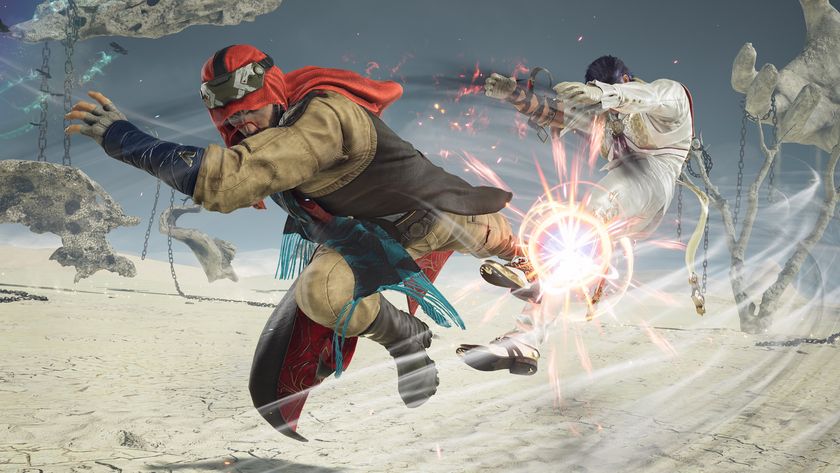
After preserving the AI ghost of a fan's late brother, Tekken 8 boss says it might be a glimpse of the future where you don't "need an opponent who is human that has the exact same skill level"
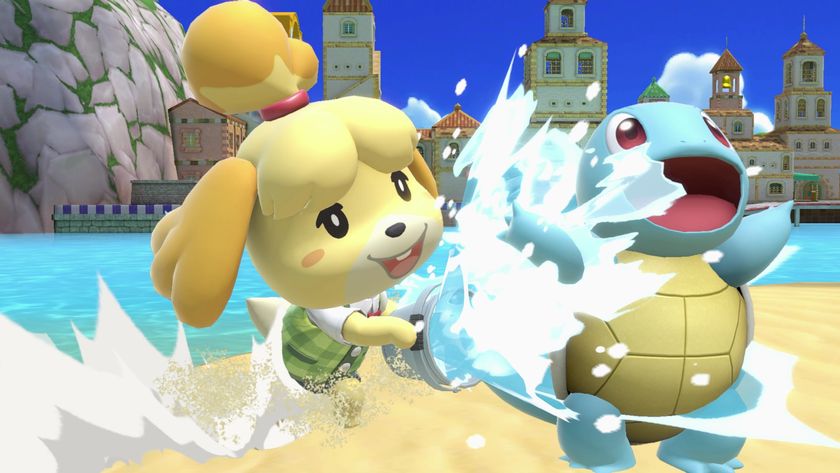
Super Smash Bros. Ultimate director "can't hope to compete with what doctors do," but he's content to "buff peoples' lives" with games

